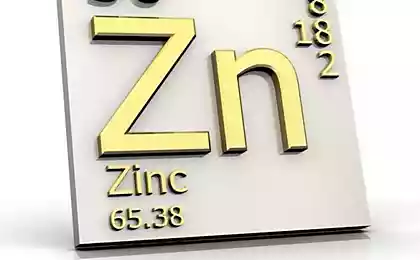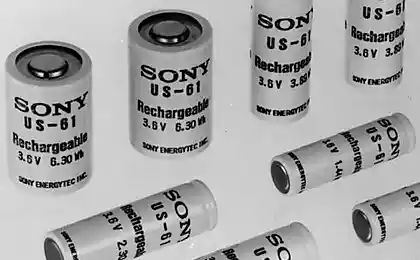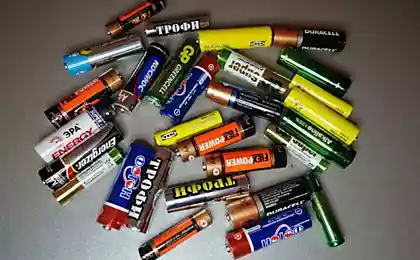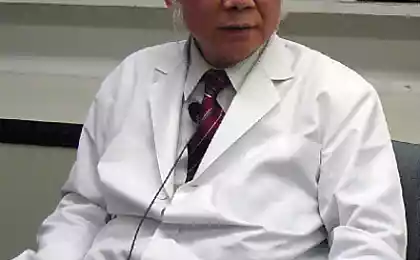486
Harmful than a battery?
On each battery there is a sign indicating that it cannot be disposed of in the trash because they contain harmful substances: mercury, Nickel, cadmium, lead, lithium, zinc, etc. They tend to accumulate in the human body, even in small amounts cause great harm.

One AA battery, according to Pavlovsky, can contaminate the about400 microbody или20 м2почвы. He noted that when mercury is introduced into aquatic ecosystems, microorganisms transform it into methyl mercury — and the mercury compounds in low doses are much more toxic than ordinary mercury. Methylmercury, thus, becomes a component of food chains in nature.
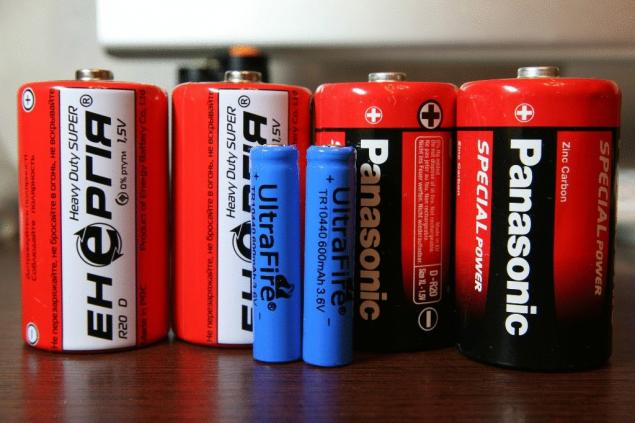
Small aquatic organisms absorb methylmercury from their habitat, which in turn are consumed by fish. The result of methyl mercury accumulates in living organisms, and its concentration increases as you move up the food chains. Marine mammals, birds and other animals that feed on fish accumulate high concentrations of methylmercury. Higher concentrations are usually found in larger and older animals.

The flip side of the coin when disposing of batteries. Materials from which is made the battery is a valuable resource. Today there are technologies that allow to extract from used batteries all metals (e.g. Nickel) and re-use them consumers of secondary raw materials (e.g. metallurgy or the production of new batteries). Thus, the nature of suffering and less amounts of toxic emissions typically associated with primary metal production, are reduced.
Source: /users/155

One AA battery, according to Pavlovsky, can contaminate the about400 microbody или20 м2почвы. He noted that when mercury is introduced into aquatic ecosystems, microorganisms transform it into methyl mercury — and the mercury compounds in low doses are much more toxic than ordinary mercury. Methylmercury, thus, becomes a component of food chains in nature.

Small aquatic organisms absorb methylmercury from their habitat, which in turn are consumed by fish. The result of methyl mercury accumulates in living organisms, and its concentration increases as you move up the food chains. Marine mammals, birds and other animals that feed on fish accumulate high concentrations of methylmercury. Higher concentrations are usually found in larger and older animals.

The flip side of the coin when disposing of batteries. Materials from which is made the battery is a valuable resource. Today there are technologies that allow to extract from used batteries all metals (e.g. Nickel) and re-use them consumers of secondary raw materials (e.g. metallurgy or the production of new batteries). Thus, the nature of suffering and less amounts of toxic emissions typically associated with primary metal production, are reduced.
Source: /users/155
Scientists have invented a smart road heated
Perfume with the scent of "cosmos" from Chelyabinsk perfumers




